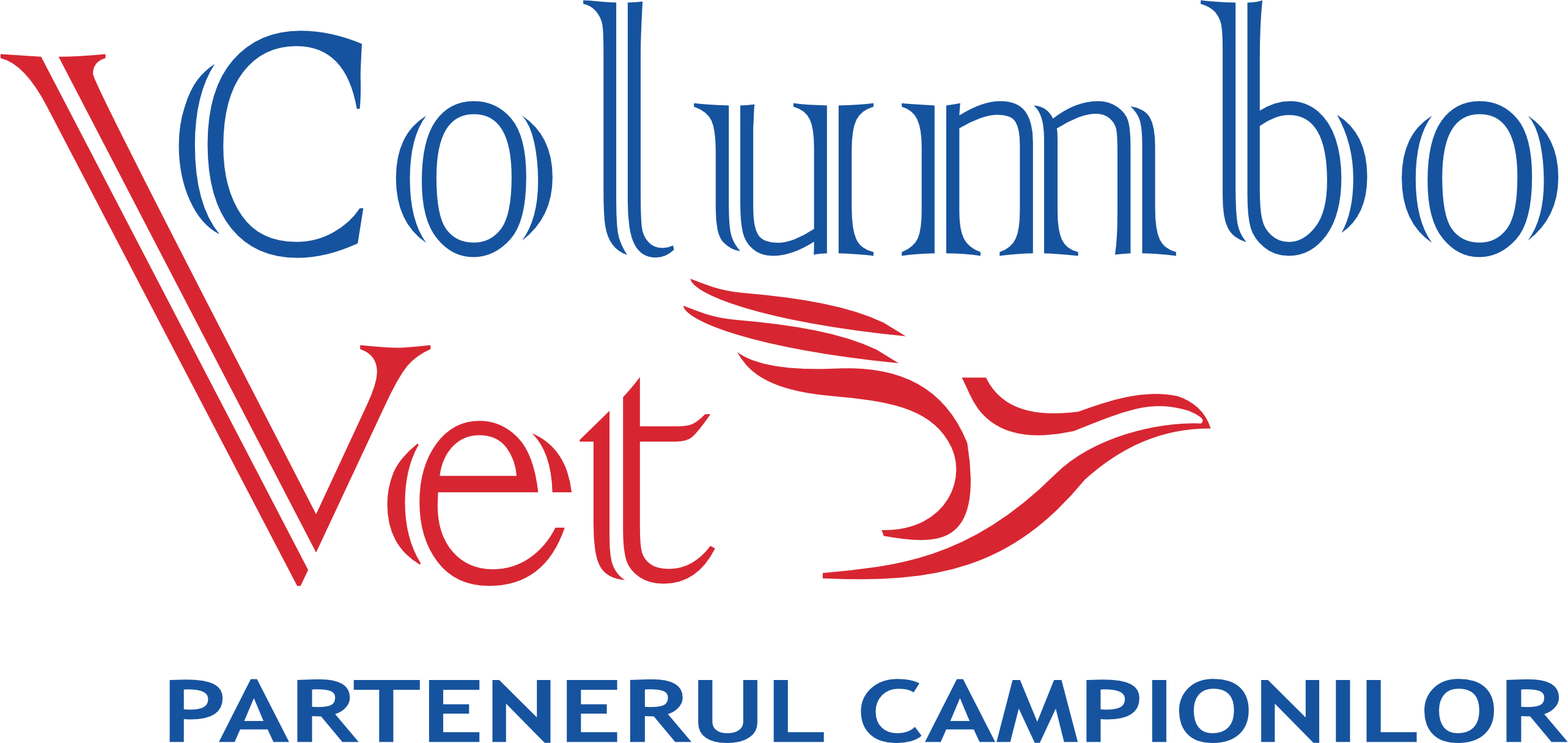Protozoa
TRICHOMONOSIS
produced by
Trichomonas gallinae –young birds: anorexia, stomatitis, pseudomembranous angina, jetage, dysphagia, nodules (even the size of a peanut). Mortality 30%. In adults, there is mucus from the beak, heavy breathing, rales, fatigue. From alive pigeons or very fresh corpses, a laboratory examination is performed on a rectal of the oropharyngeal mucosa (the examination is performed very quickly, because the parasites are quickly inactivated (in general, no diagnosis is made on the corpses). Contamination is done through drinking water (adults) or by feeding with milk from the goiter.The lofts will be disinfected daily.
HEXAMITHIASIS
Produced by Spironucleus spp. In young birds: pronounced emaciation, low vitality, diarrhea with watery faeces with mucus, drowsiness. Adults: pronounced weight loss, low vital tone, reduced flight performance, moulting.
COCCIDIOSIS: Eimeria caused by Eimeria columbae, E.columbarum and E.labbeana
Young birds: diarrhea, sometimes hemorrhagic, apathy, polydipsia, excessive thirst, ruffled plumage, deviation of the sternal carina, delay in the flight phase.
Adults: feathers without luster, weaken.
Microscopic examination of the intestinal contents of scrapings of the intestinal mucosa (cadavers) or feces (in live birds).
HAEMOSPORIDIOSIS: Plasmodium spp Haemoproteus columbae
They are endocellular parasitic protozoa that live in the erythrocytes of pigeons, are transmitted by mosquitoes and other hematophagous insects and produce malaria. They produce anemia, reduce the vigor of the pigeons. A massive infestation with H. columbae is accompanied by stress and feather pecking. Death can also be recorded, especially in young birds.
Laboratory examination (blood smears stained by the MGG method). The presence of parasites in the microscopic field confirms the diagnosis.
Toxoplasmosis translates into fatigue, loss of athletic form, paresis of the wings (in young birds and youth) and in the case of the clinical form: deviation, progressive fatigue, paresis and paralysis (of the wings, legs, torticollis). Laboratory examinations
The access of cats to lofts and to the place with feed is prevented (they are intermediary hosts)
HELMINTES (worms) NEMATODES-roundworms
Capillaria spp. Capillariosis of the esophagus and goiter: dystrophy, torticollis, the pigeons stop eating because they cannot swallow the food. Intestinal capillariosis: diarrhea, sometimes bloody, emaciation, anemia, cachexia. Coproscopic laboratory examination (parasite eggs are found in older birds) or anatomopathological examination of cadavers where parasites can be found in the mucosa of the esophagus and goiter or intestine.
Ascaridia columbae (worms) Non-specific. In massive infestations: anorexia, diarrhea, cachexia, tremors, torticollis (turning of the head) as a result of intoxication. In weak infestations, the general condition is affected (fatigue, low sports performance, etc.) They can also produce intestinal obstructions when they are in very large numbers ("clumps of parasites"). Coproscopic examination (faeces) or anatomopathological examination (cadavers).
Syngamus trachea (Red worm of the trachea) Heavy breathing (even axphysia), the pigeon yawns its beak, coughs, stops eating, weakens and dies.
Pigeons become infected after ingesting earthworms containing S. trachea eggs (the earthworm is an intermediate host). Clinical examination: the feathers in the tracheal area are plucked and parasites can be seen if the trachea is exposed to strong light sources (worms can be seen through the transparency of the skin in the tracheal lumen) and ovohelminthescopic examination (coproscopy).
CESTODES (flatworms) Raillietina crasula, R. bonini and Hymenolepis columbae (pigeon tapeworms). Echinostoma revolutum (which is a trematode). Tapeworms are less common in pigeons only when they consume the intermediate hosts of the tapeworms (snail, fly) and can produce: severe weakening, anemia, loss of vitality (of athletic form), through spoliating, mechanical and toxic actions (they can cause vomiting, diarrhea , weight loss). They can also cause intestinal obstructions. Necroscopic and coproscopic examination (proglottis are found in feces).
